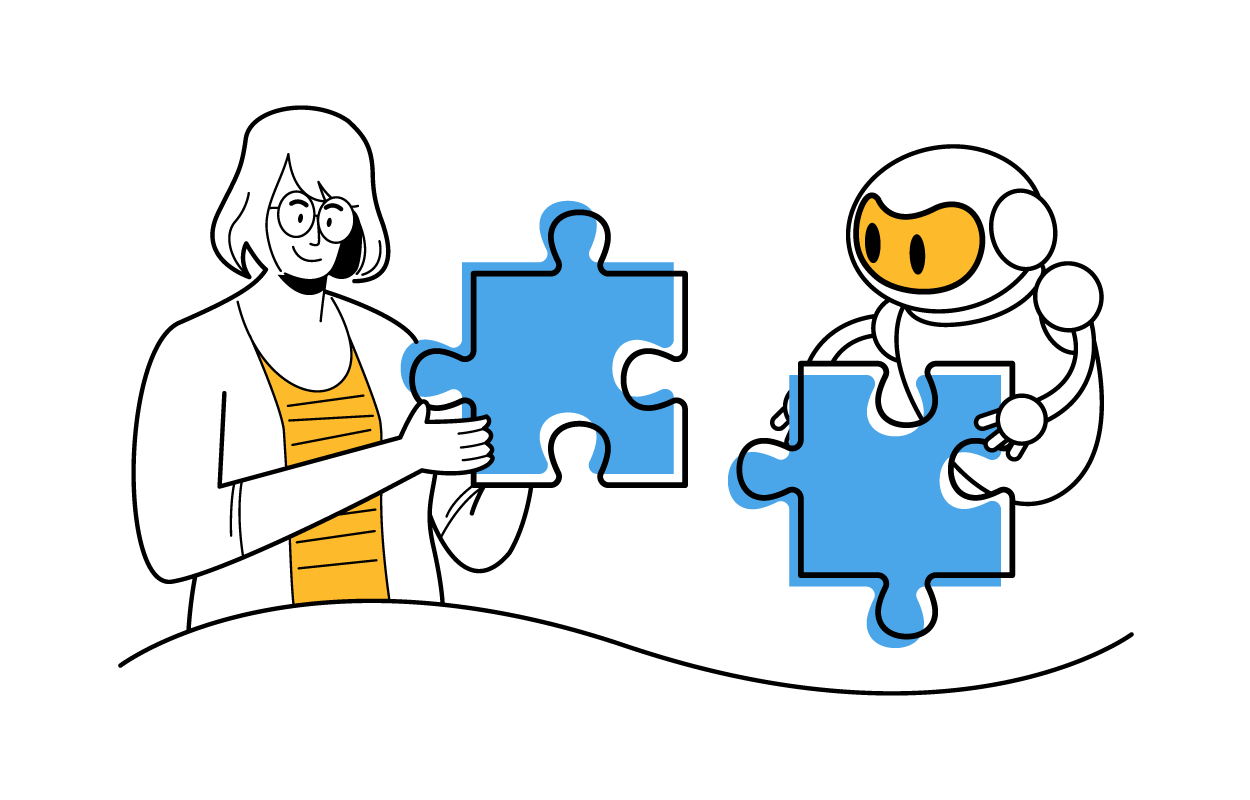What are the benefits of conversational AI chatbots?
-
Enhanced customer support experience
69% of consumers already prefer to use chatbots because they deliver quick answers to simple questions. A single chatbot can resolve thousands of customer queries at a single time. Combined with conversational AI, these chatbots can resolve queries quickly and improve your customer experience by engaging with customers. They do not follow robotic scripts. Instead, they engage in small talk with customers. Implementing these chatbots in your conversational interfaces like mobile apps, websites,s, and messaging channels can improve engagement and bring down customer retention.
-
Round the clock and across all channels
Conversational AI chatbots can be made available on all your channels 24/7 to assist your customers. No matter which part of the world your customers are reaching out from, these AI bots are there to engage with them. If it's a simple query, conversational AI chatbots can not only handle them, they can follow up with further information to delight customers. For instance, if a customer wants to return a product, a conversational AI chatbot can extend the conversation to ask the customer what the problem with the item was. This delivers a superior experience to customers and offers instant feedback to your team as well.
If the customer reaches out with a more complex query that the bot is unable to resolve, these chatbots can either hand over the conversation to a live agent or collect information for agents to follow up on. This ensures that your customers aren't left unattended and sets the right expectations for when the agent reverts.
These conversational bots can also be integrated into your messaging channels like WhatsApp, Facebook Messenger, etc., making it easier for customers to reach out on channels of their choice.
-
Opens up opportunities for upselling
It is a well-known capability that chatbots can resolve customer tickets/issues. But conversational bots are also capable of upselling to customers. These bots understand customer preferences and customer context and offer the best recommendations to customers for upselling and cross-selling. They leverage cart information, purchase history, and inquiries to suggest the right products or services to customers.
Offering support in the native language of your customer can increase the likeliness of repeat purchases by 73%. As your company grows, you’ll start receiving customers from different geographies. You cannot hire agents from across the world to cater to different customers. Conversational AI chatbots have translation software that lets you offer multilingual support to your customers. With most businesses having a digital presence today, global audiences are within easy reach no matter how big or small a company is. Multilingual support becomes even more critical in this case.
Conversational bots can be great assistants to your support agents and are a great addition to your support teams. They are capable of solving simple issues with zero human contact. This frees up agents’ time and lets them focus on more complex issues. Since they are capable of resolving multiple issues simultaneously, it helps your support team stay on top of their metrics and SLAs.



